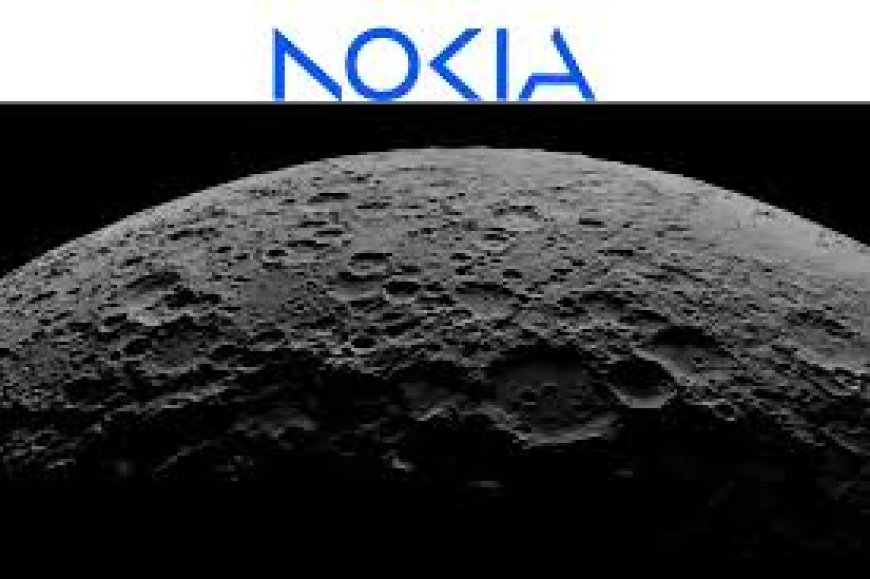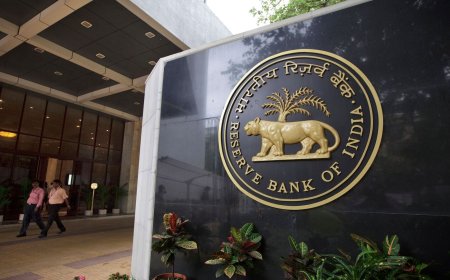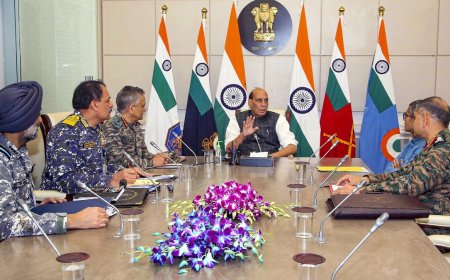Nokia's Bell Labs wants to power India's future moon missions with 4G and 5G tech
Nokia's Bell Labs plans to power India's future moon missions with advanced 4G and 5G communication systems, boosting ISRO’s capabilities in real-time lunar exploration.

July 4, 2025 | New Delhi — In a visionary move that bridges cutting-edge telecom technology with space exploration, Nokia’s Bell Labs has expressed its intention to collaborate with India’s future moon missions by deploying 4G and 5G technologies on the lunar surface. The initiative aims to provide robust, high-speed, low-latency communication systems to support critical operations of the Indian Space Research Organisation (ISRO), including robotic missions, autonomous navigation, and real-time data transfer.
The Finnish telecom giant, through its U.S.-based research arm Bell Labs, is planning to bring its experience from NASA-backed lunar connectivity trials to India’s upcoming Chandrayaan and Gaganyaan programs.
Strategic Leap in Space-Tech Collaboration
Nokia Bell Labs, widely recognized for pioneering innovations in wireless communications, has been involved in NASA’s Artemis program through a contract awarded by the U.S. space agency in 2020 to establish the first LTE/4G communications system on the Moon.
Inspired by the success and ongoing work in that venture, the company is now looking eastward, viewing India’s growing space ambitions as a strategic opportunity.
“We see India as a global leader in cost-effective and science-driven space exploration. Our next phase of lunar connectivity ambitions includes partnerships with countries that are making rapid progress—and ISRO is at the top of that list,” said Thierry Klein, President of Bell Labs Solutions Research, in a media briefing. “Reliable communication infrastructure is vital for deep space missions, and 4G/5G is the best option available now.”
Why 4G and 5G on the Moon?
Deploying terrestrial technologies like 4G and 5G in space may seem unconventional, but they offer several advantages: energy efficiency, scalability, real-time control, and massive device connectivity—features that are vital in managing autonomous rovers, relaying telemetry data, and supporting inter-satellite links.
According to Dr. Ravi Kumar, a senior ISRO scientist, “Having a lunar communication system capable of supporting 4G/5G means we can handle data-intensive tasks such as high-definition video streaming from lunar rovers and real-time coordination between landers and orbiters. It adds a layer of redundancy and flexibility to our future missions.”
Nokia’s lunar technology is designed to withstand the harsh conditions of space—extreme temperatures, vacuum environments, and radiation. Its compact base stations, equipped with advanced antennas and AI-driven resource management, are modular and deployable via small landers or robotic systems.
Potential Role in Chandrayaan-4 and Beyond
ISRO’s future lunar missions—including the speculated Chandrayaan-4 and proposed lunar base projects with global collaboration—stand to benefit significantly from telecom-grade communication systems.
A source close to the Department of Space hinted at preliminary talks with Nokia for integrating its moon-grade 4G modules into future mission payloads. While no official agreement has been signed, discussions are reportedly at an “advanced stage.”
Indian private space startups such as Skyroot Aerospace and Agnikul Cosmos, which are working on next-gen propulsion systems and small launch vehicles, may also serve as key partners in deploying such communications infrastructure.
Market Context: Strategic Tech Synergies
Nokia’s strategic outreach aligns with India’s burgeoning space-tech ecosystem and its digital transformation agenda. India has witnessed increased private investment in both telecom and aerospace sectors, bolstered by reforms in FDI and the government’s Production Linked Incentive (PLI) schemes.
According to ICRA, India’s satellite launch market is projected to grow at a CAGR of 20% till 2030, while the space-tech industry as a whole is poised to reach $13 billion by 2025. Integrating telecom infrastructure into lunar missions opens up new revenue models for telecom vendors, especially in the form of defense-tech, space-grade networking, and dual-use systems.
“Lunar telecom is no longer science fiction. With India’s proven capabilities in soft landings and resource mapping, integrating 5G will unlock new frontiers in real-time exploration and in-situ experiments,” said Vikas Bhushan, a defense technology analyst at Axis Securities. “It’s also a great way for Nokia to showcase the scalability of its 5G portfolio in extreme use-cases.”
Investor Outlook: A High-Tech Moonshot
For investors, this announcement represents Nokia’s continued pivot into high-margin, next-generation technology sectors. The company has already diversified into industrial private networks, cloud-native platforms, and AI-driven automation.
Its move to support India’s space program can potentially enhance its reputation in emerging markets and position it as a technology enabler in the new space economy.
Nokia stock, listed on the Helsinki and New York stock exchanges, gained 1.8% following the news, reflecting moderate investor optimism.
Market strategists believe this partnership, if formalized, could unlock cross-sector collaborations with Indian telecom majors like Reliance Jio and Bharti Airtel, who are also investing in satellite-based 5G infrastructure.
The Road Ahead
While commercial deployment of 4G and 5G on the Moon is still in early stages, Nokia’s initiative signals a paradigm shift in how we think about connectivity beyond Earth. As space missions become more frequent, autonomous, and data-heavy, robust communication networks will be as critical as propulsion systems or navigation.
For India, embracing such cutting-edge telecom support could further accelerate its space leadership, deepen international tech partnerships, and enable futuristic goals—like a sustained human presence on the Moon.
What's Your Reaction?
 Like
0
Like
0
 Dislike
0
Dislike
0
 Love
0
Love
0
 Funny
0
Funny
0
 Angry
0
Angry
0
 Sad
0
Sad
0
 Wow
0
Wow
0












































































